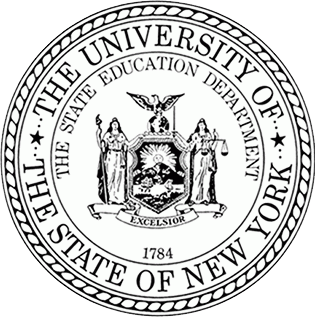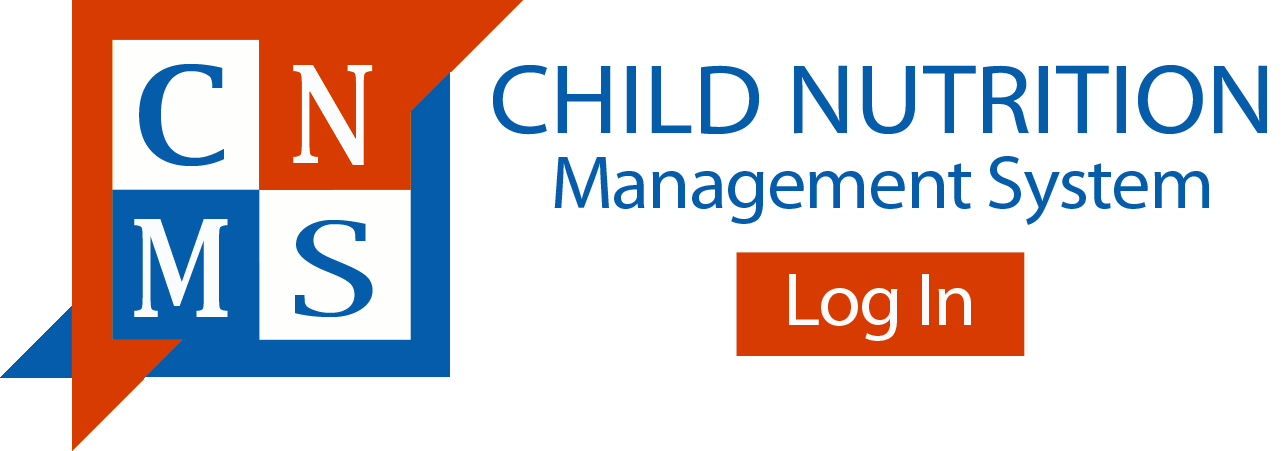 |
THE STATE EDUCATION DEPARTMENT / THE UNIVERSITY OF THE STATE OF NEW YORK / ALBANY, NY 12234 Office of P-20 Education Policy |
This memorandum provides guidance on using school data when determining area eligibility for the purpose of the Summer Food Service Program (SFSP) in instances where school attendance areas may not accurately reflect the population of the school for which eligibility data is being used.
National School Lunch Program (NSLP) free and reduced price meal data may be used to determine SFSP site eligibility. However, when children in the public school system regularly attend schools outside a designated attendance area, the effective use of school data to determine site eligibility for free and reduced price meals in a school is not necessarily an accurate reflection of the children living in the attendance area of the school.
In some school systems, children are assigned to schools outside of their neighborhood in order to achieve racial and economic diversity in the schools. This is often referred to as “busing.” In other school districts, not all children are assigned to a specific school, but instead may choose the school within the school district that they wish to attend. This practice is often referred to as “school choice.” There are also charter and private schools that draw students from multiple areas. “Busing” and “school choice” polices, as well as other specialty cases, may result in school data that does not accurately reflect the economic conditions in the surrounding area.
In school districts where busing or school choice policies are in place, if the site is located in the school which data is pulled, SFSP sponsors may always rely on the NSLP free and reduced price meal data for that individual school. Additionally, where busing or school choice policies are in place, but school attendance areas are still defined, school and non-school site eligibility may be determined based on the enrollment or attendance data obtained for:
- The school the children attend, or
- The school the children would have attended (i.e., the neighborhood school where the children live), were it not for the school’s busing or school choice policy.
SFSP sponsors may determine a site to be area eligible under the second option described above, only if the school food authority (SFA) is able to document the percentage of children eligible for free and reduced price meals at each school before and after students are reassigned. The same method of determining site eligibility must be used for all sites participating under a particular Program sponsor to avoid duplicate counting.
If the school district does not have defined school attendance areas, the use of school data is not permitted for non-school sites. In this case, census data must be used to determine area eligibility for the SFSP. Please note that census data may be used as a first choice for determining area eligibility for the SFSP, rather using the options described above, even if school attendance areas are defined.



